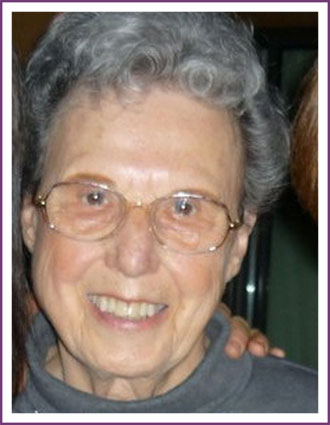DOROTHY Miriam (Knee) JONES, DSW

• Women's Equality
• Anthropology
• Journalism
Inducted: 2013
Deceased: 2015
Anchorage
DOROTHY Miriam (Knee) JONES, DSW
Dorothy M. Jones’ career in Alaska spanned the 1960s through the ‘90s, starting with groundbreaking anthropological research in the communities of the Aleutian Chain and the Pribilof Islands. That was followed by 13 years as a professor of Sociology at the Institute of Social and Economic Research and culminated in many years of counseling with women facing domestic abuse and social and economic injustice.
Jones lived and traveled throughout the Aleutian Islands for a decade, leaving briefly to earn her Doctorate in Social Work at the University of California, Berkley. Jones then returned to the University of Alaska in 1968, where she served as a professor of Sociology and wrote “Aleuts in Transition: A Comparison of Two Villages” (1976) and “A Century of Servitude: Pribilof Aleuts Under U.S. Rule“ (1980), as well as numerous articles about the Aleut people, urban Natives, and women’s therapy.
She was an advocate for women’s rights and in 1977 she co-authored “The Status of Women in Alaska,” which motivated the establishment of the Alaska Commission on the Status of Women. In 1982 Jones founded the women’s counseling program at the Alaska Women’s Resource Center and followed that by establishing the Feminist Therapy Collective and many years of work to improve counseling for women.
As an instructor, therapist and author, Jones inspired generations of women to engage in the fields of social work, anthropological research and community activism. In the past decade, Jones embraced her lifetime dream of writing fiction and is currently working on her third novel.
In reflecting on her life, Jones said: ΓÇ£When I was 15 years old, my boyfriend asked me how I pictured my life. My spontaneous response was: “I want to do something that makes a better world.” That wish guided me, not only in writing and political activity, but also in the values I imparted to my children, all three of whom care deeply about fighting inequality, injustice, and abuse.
View Extended Bio